Short bio sketches of the researchers and consultants involved in the project are alphabetically listed next.
YURI ÁLVAREZ-LÓPEZ
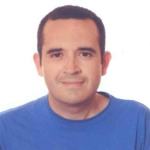
Yuri Álvarez López was born in Langreo, Spain, in 1983. He received the M.S. and Ph.D. degrees in telecommunication engineering from the Universidad de Oviedo, Gijón, Spain, in 2006 and 2009, respectively. He was a Visiting Scholar with the Department of Electrical Engineering and Computer Science, Syracuse University, Syracuse, NY, USA, in 2006 and 2008, respectively, held a visiting post-doctoral position at the Gordon Center for Subsurface Sensing and Imaging Systems Awareness and Localization of Explosive Related Threats Center of Excellence, Northeastern University, Boston, MA, USA, from 2011 to 2014, and held a visiting post-doctoral position at the ELEDIA Research Center, Trento, Italy, in 2015. He is currently a Professor with the Signal Theory and Communications, Universidad de Oviedo. His research interests include antenna diagnostics, antenna measurement techniques, RF techniques for indoor location, inverse scattering and imaging techniques, and phaseless methods for antenna diagnostics and imaging. He was a recipient of the 2011 Regional and National Awards to the Best Ph.D. Thesis on Telecommunication Engineering (category: security and defense).
GUILLERMO ÁLVAREZ-NARCIANDI
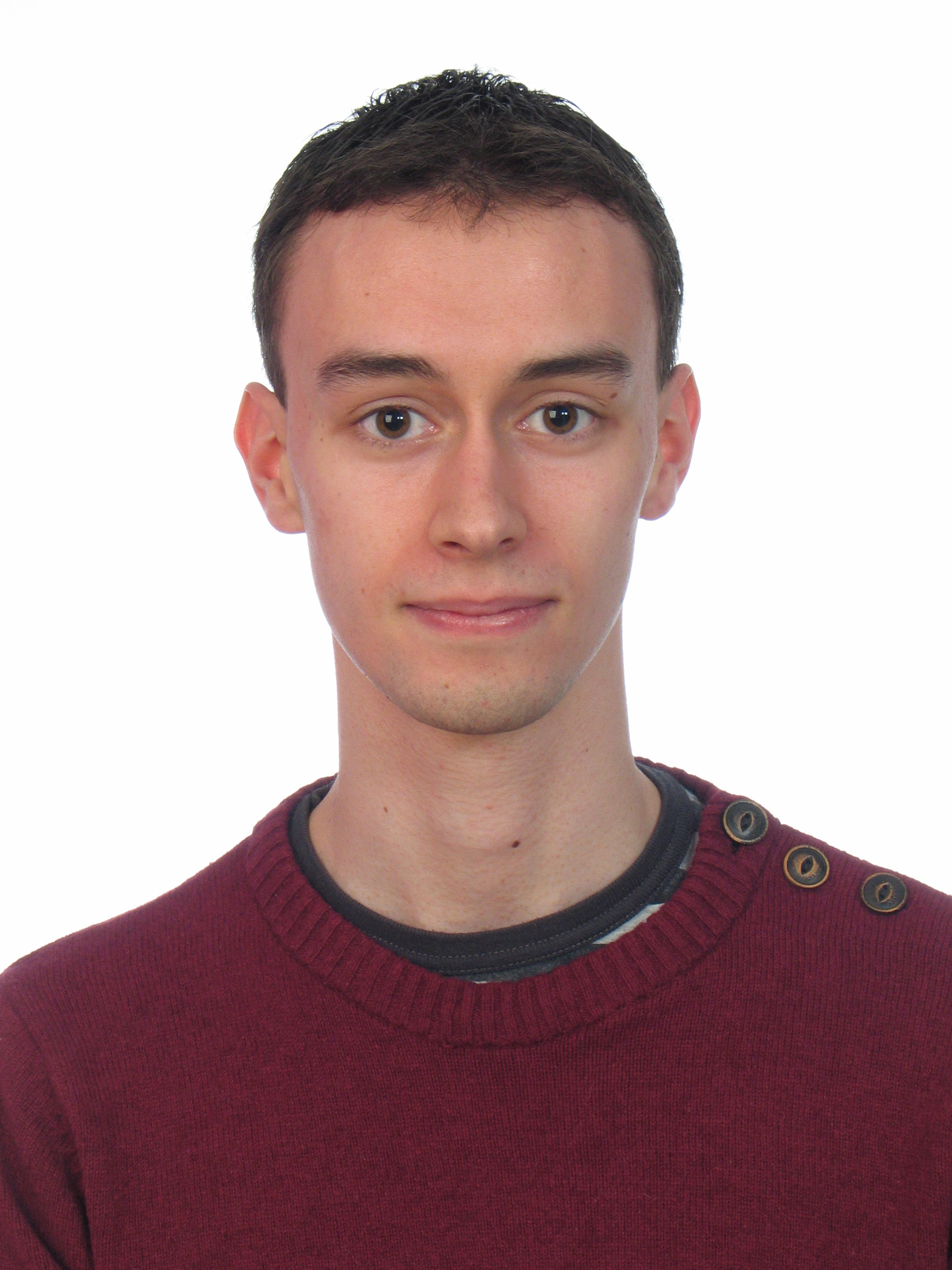
Guillermo Álvarez-Narciandi received the M.Sc. degree in Telecommunication Engineering from the University of Oviedo, Gijón, Spain, in 2016, where he is currently working towards the Ph.D. degree (with the support of a FPU grant from the Spanish Government). He was a Visiting Student at Stanford University, CA, USA, in 2014, and a visiting scholar at the University of Pisa (Italy) in 2018 and at the Institute of Electronics, Microelectronics and Nanotechnology (IEMN), University of Lille (France) in 2019. He received the AMTA 2019 Student Paper Award (second place) and the Special Award to the Best Entrepreneurship Initiative in the XV Arquímedes national contest in 2017 for the development of a RFID-based location system. His main research interests are radar systems and imaging techniques, antenna diagnosis and characterization systems, localization and attitude estimation systems and RFID technology.
ANA ARBOLEYA-ARBOLEYA
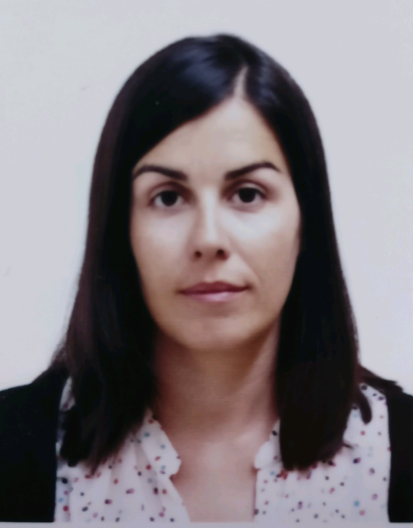
Ana Arboleya received the M.Sc. degree in telecommunication engineering in 2009 and the Ph.D. degree in telecommunication engineering in 2016 from the University of Oviedo, Spain. From 2008 to 2016, she worked as a Research Assistant within the Signal Theory and Communications research group, TSC-UNIOVI, at the Department of Electrical Engineering in the University of Oviedo. During 2017 she held a postdoc position in the EpOC Polytech’ Lab (Electronics for Connected Objects) of the University of Nice-Sophia Antipolis, France. At present she is an assistant professor in Universidad Rey Juan Carlos, Madrid, Spain. She was a Visiting Scholar in 2014 and 2015 in the Department of Radio Science and Engineering and MilliLab, in Aalto University, Finland. Her major research interests comprise antenna diagnostics and measurement systems and techniques, and high frequency imaging techniques and applications. Dr. Arboleya was the recipient of the 2017 National Awards of the Official College of Telecommunication Engineers of Spain to the Best Ph.D. Thesis on Telecommunication Engineering in the category of security and defense.
MARÍA ELENA DE COS GÓMEZ
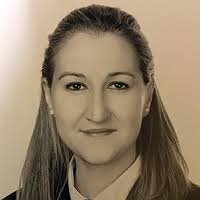
María Elena de Cos Gómez (M.S. 2002, Ph.D. 2006, Universidad de Cantabria). She worked in nonlinear dynamics: stability and phase-noise analysis of nonlinear circuits such as oscillators, frequency dividers, self-oscillating mixers, and multiharmonic generators. Researcher engineer in collaboration with ACORDE S.A (2004–2007). Joined TSC-UNIOVI in 2007 as an associate professor. Invited professor in the I.E.T.R. Rennes (France) in 2011 and 2014. She serves as associate editor for the International Journal of Antennas and Propagation from 2015 and for IEEE antennas and wireless progagation Letters (AWPL) since 2018. Her research interests are metamaterials (mostly metasurfaces) and their applications to antennas and microwave circuits, design of antennas for wearable devices, Radiofrequency Identification (RFID), location techniques and Wireless Sensor Networks design and applications.
HUMBERTO FERNÁNDEZ ÁLVAREZ
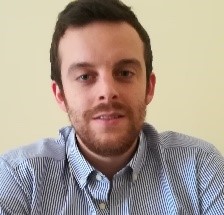
Humberto Fernández Álvarez was born in Oviedo, Asturias (Spain), in 1989. He received the Telecommunication Engineering M.S. degree in 2014 and the PhD degree (graduated with honors) in 2019, both from the University of Oviedo (Asturias, Spain). He received the best final degree research project award in 2015 from Cátedra Telefónica and a research contract from University of Oviedo. Then, he was granted by the Asturias Government for conducting his PhD within the University of Oviedo Area of Signal Theory and Communications. In 2017, he was a Visiting Scholar in the Department of Mechanical, Electrical and Manufacturing Engineering of the Loughborough University. He is currently working as a research with the Signal Theory and Communications research group (TSC-UNIOVI). His main research interests include metamaterials, metasurfaces (frequency selective surfaces, artificial magnetic conductors, absorbers…), antennas, electromagnetic propagation, computational electromagnetics and measurement techniques.
MARÍA GARCÍA FERNÁNDEZ (CONSULTANT)
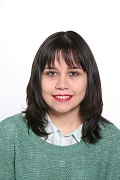
María García Fernández María García Fernández was born in Luarca, Spain, in 1992. She received the M.Sc. and Ph.D. degrees in Telecommunication Engineering from the University of Oviedo, Spain, in 2016 and 2019, respectively. Since 2013, she has been involved in several research projects with the Signal Theory and Communications Research Group, TSC-UNIOVI, University of Oviedo. She was a Visiting Student with Stanford University, Palo Alto, CA, USA, in 2013 and 2014, a Visiting Scholar with the Gordon Center for Subsurface Sensing and Imaging Systems, Northeastern University, Boston, MA, USA, in 2018, and a Visiting Researcher at the Radar Department of TNO, The Hague, The Netherlands, in 2019. Her current research interests include inverse scattering, remote sensing, radar systems, imaging techniques, antenna measurement and diagnostics, and non-invasive measurement systems on board unmanned aerial vehicles.
FERNANDO LAS-HERAS
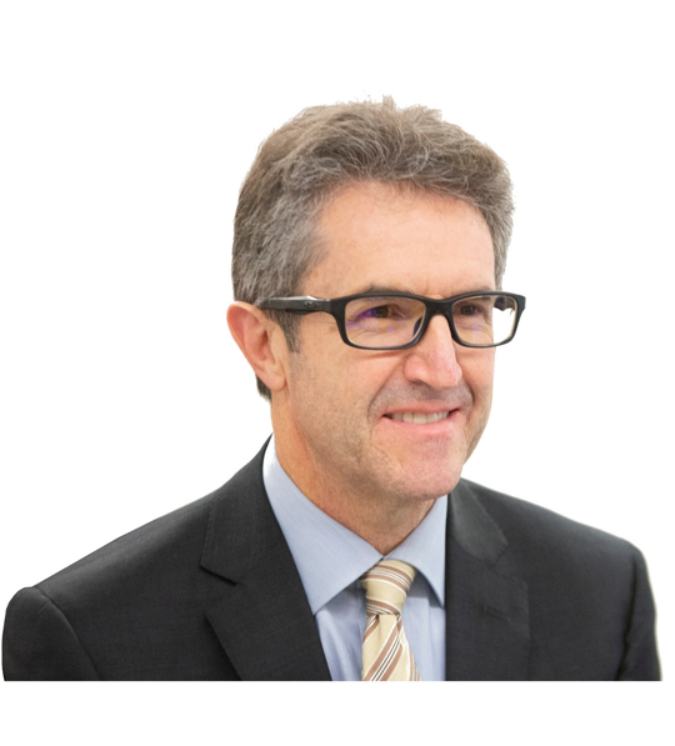
Fernando Las-Heras Fernando Las-Heras Fernando Las-Heras received the M.S. in 1987 and the Ph.D. in 1990, both in Telecommunication Engineering, from the Technical University of Madrid (UPM). He was a National Graduate Research Fellow (1988-1990) and he held a position of Associate Professor at the Dept. of Signal, Systems and Radiocommunications of the UPM (1991-2000). From 2003 he holds a Full-Professor position at the University of Oviedo where he was the Vice-dean for Telecommunication Engineering at the Technical School of Engineering at Gijón (2004-2008). As of 2001 he heads the research group Signal Theory and Communications TSC-UNIOVI at the Dept. of Electrical Engineering of the University of Oviedo. He was a Visiting Lecturer at the National University of Engineering in Peru in 1996, a Visiting Researcher at Syracuse University, New York, in 2000, and a short-term Visiting Lecturer at ESIGELEC in France from 2005 to 2011. He held the Telefónica Chair on “RF Technologies”, “ICTs applied to Environment” and “ICTs and Smart cities” at the University of Oviedo (2005-2015). Member of the board of directors of the IEEE Spain Section (2012-2015), member of the board IEEE Microwaves & Antennas Propagation Chapter (AP03/MTT17) (2016-2017), member of the Science, Technology and Innovation Council of Asturias (2010-12), and president of the professional association of Telecommunication Engineers at Asturias. He has authored scientific papers in the areas of antennas, EM scattering, metamaterials and inverse problems with application to antenna measurement (NF-FF, diagnostics and holography), electromagnetic imaging (security and NDT) and localization, developing computational electromagnetics algorithms and technology on microwaves, millimeter wave and THz frequency bands
JAIME LAVIADA
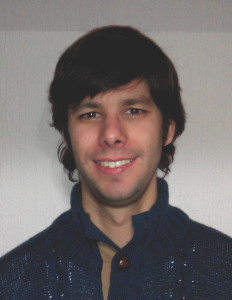
Jaime Laviada Jaime Laviada was born in Gijón, Spain. He received the M.S. degree in telecommunication engineering and the Ph.D. degree from the Universidad de Oviedo, Spain (http://www.uniovi.es), in 2005 and 2010, respectively. In 2006, he joined the research group Signal Theory and Communications of the Universidad de Oviedo, where he has been involved in multiple national and European projects as well as contracts with several companies. In 2015, he moved to the Antennas Group of the Universidad Pública de Navarra with a national postdoctoral fellowship collaborating in several applied research projects. Finally, he moved back to the Universidad de Oviedo where he currently holds a position of associate professor. In addition, he has been a Visiting Scholar in the Electromagnetics and Communications Lab, Pennsylvania State University, during 2007 and 2008 as well as in the Applied Microwave NonDestructive Testing Laboratory, Missouri S&T, during 2017. His research interests include numerical techniques applied to EM imaging, antenna measurements, method of moments, and antenna pattern synthesis.
